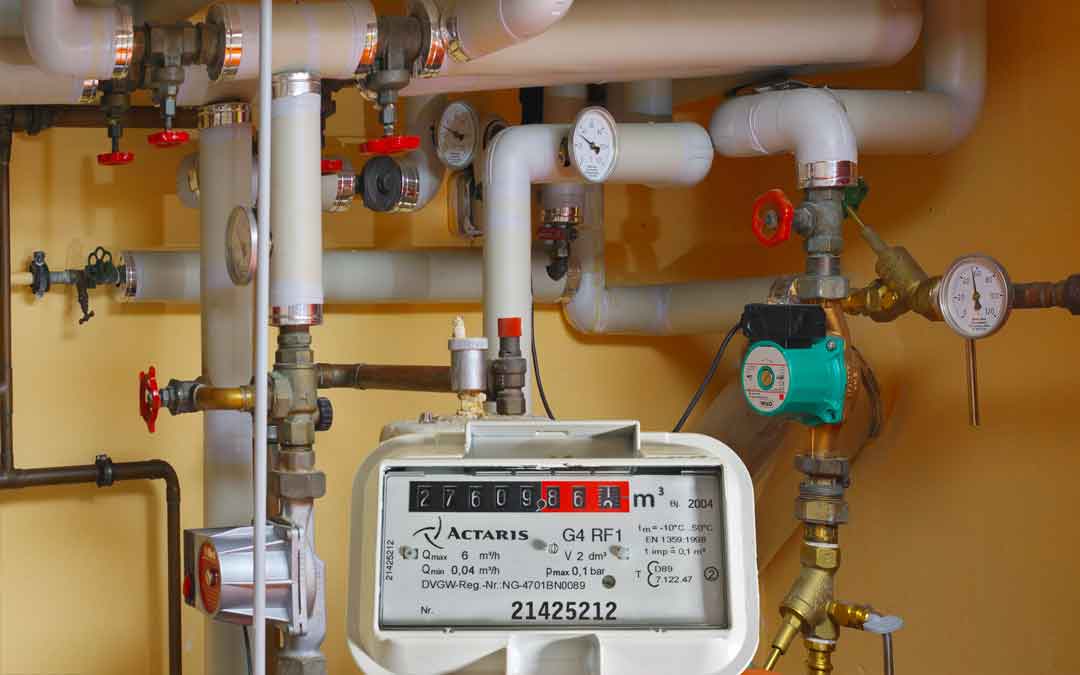Sustainable housing – incorporating new technologies

In the last two articles on sustainable housing, I have briefly looked at getting the basics of sustainable house design right and some simple ways to improve the energy performance of existing homes.
At some point, most of us will add technical solutions to create more liveable homes which are cheaper to run. There are two main areas to focus on: heating and cooling the house and producing hot water.
House heating and cooling, together with hot water, represent a large proportion of home energy use. For most houses, gas heating and cooking has been the standard for several decades. Replacing gas and using electricity reduces our burden on the planet and reduces our energy costs.
Today’s all-electric home is a far cry from the highly inefficient 1960s electric home. These days induction cooktops, heat pump hot water, reverse-cycle air conditioners and LED (light-emitting diode) light bulbs replace the 1960s appliances. Evacuated tubes can be added into many systems, producing hot water directly from the sun.
Once the home has been switched entirely to electricity as the power source, some thought should be given to the source of the electricity. Most of us are not only cost-conscious, we are also carbon-conscious. We want to reduce the impact we have on global warming.
We can buy ‘green’ electricity, and we can advocate for the replacement of fossil-fuel generated power to lighten our footprint. We may also decide to install solar panels and generate our own power.
For many people the choice to install solar panels may go along with the decision to purchase an electric vehicle. With the right size solar installation, charging your EV while the sun shines is not only a way of getting your EV ‘fuel’ at the lowest possible price, it is also a way of ‘time-shifting’ your power use. This means using the bulk of household power when it is being produced, rather than after the sun goes down. To further enhance the cost-saving aspect of this practice, it will soon be possible in Australia to use the EV as a home battery – storing power while the sun shines and feeding it into the household during the evening hours.
If any of this has stirred your interest, the Banyule Clean Energy Expo can answer many of your questions. This free Expo will be held on Sunday, September 25 at the Old Shire Offices, Heidelberg. Bookings can be made here.
Related posts
Simple steps to make your home more efficient
Paul Gale-Baker
